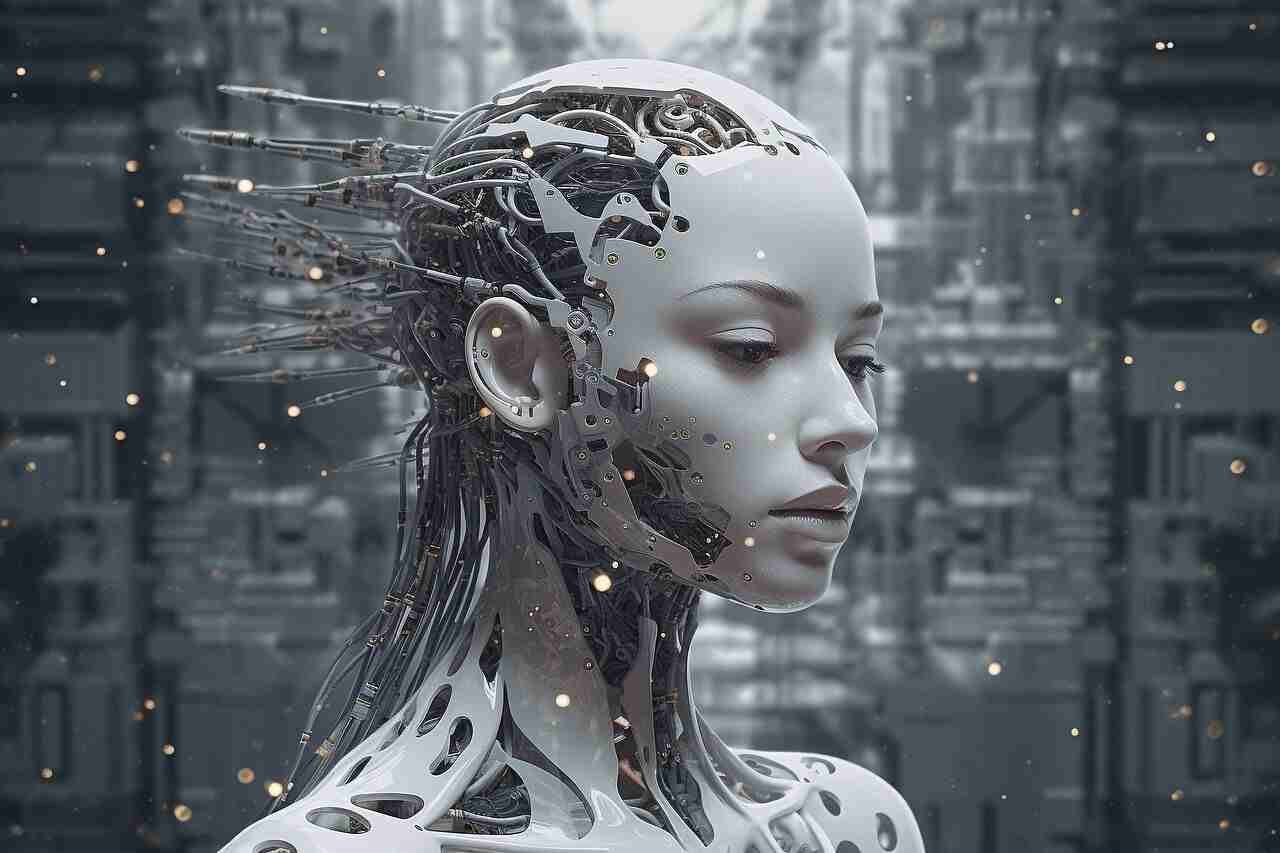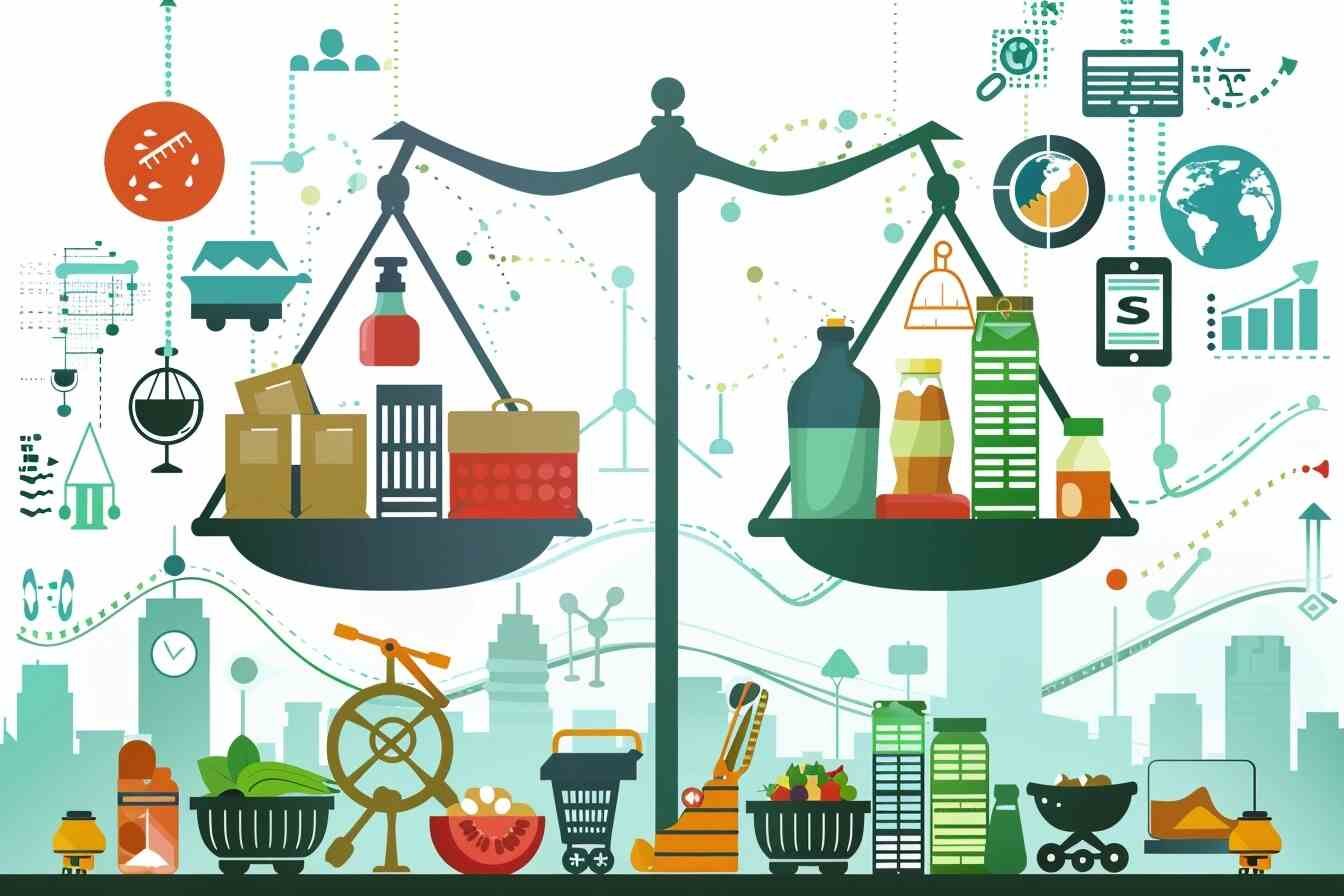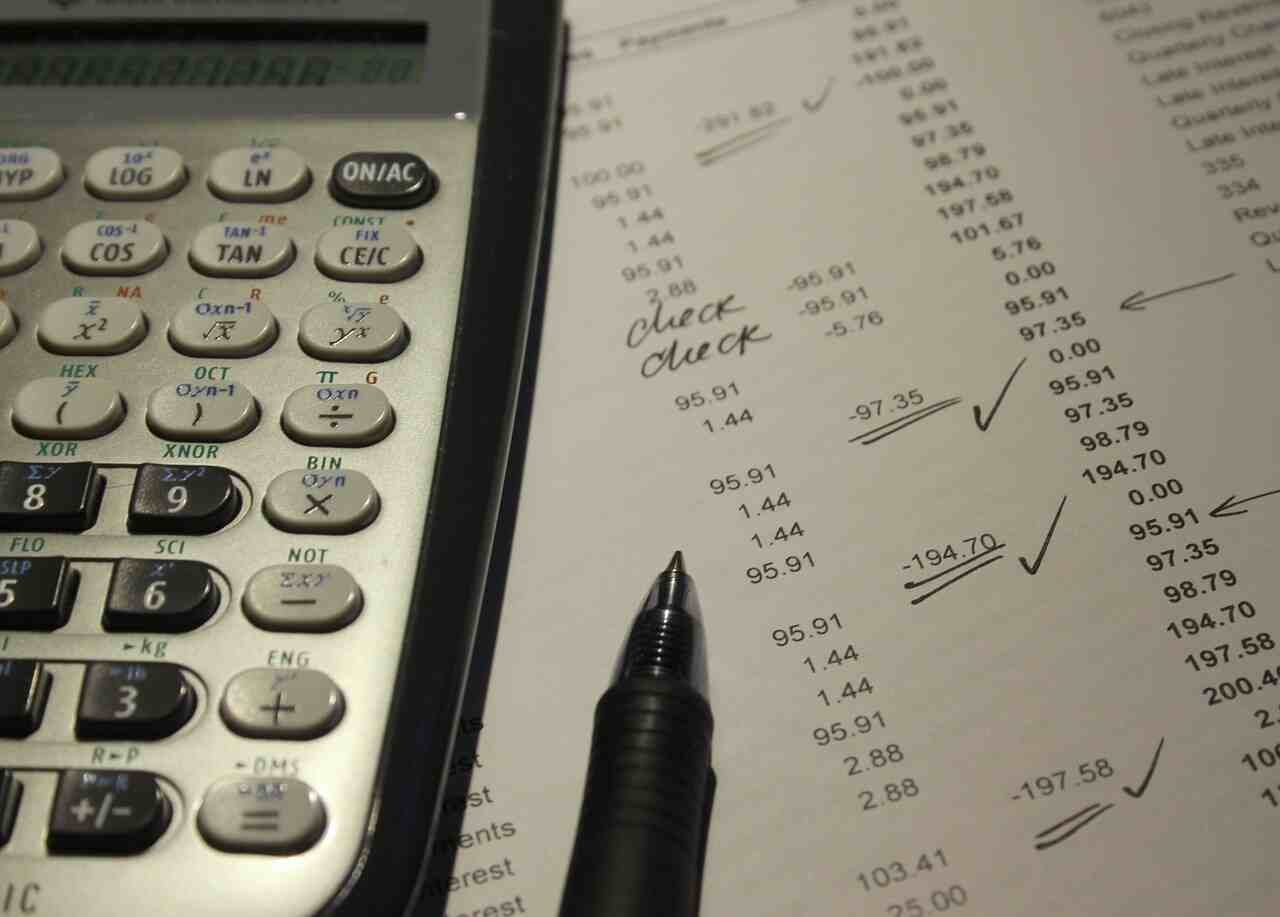Difference Between Macroeconomics and Microeconomics
Macroeconomics and microeconomics are two branches of economics that analyze different levels of economic activity. While both fields study economic behavior and decision-making, they focus on distinct aspects of the economy.
- What is the difference between macroeconomics and microeconomics?
- What do macro and microeconomics study?
- Examples of macroeconomic and microeconomic variables
The difference between microeconomics and macroeconomics is that the former is about the particular, while the latter is about the whole. These are the two main branches of the economy.
The difference
To see the difference, simply separate the two words. The words macro and micro come from the Greek. Macro means large and micro means small. Therefore, macroeconomics is the economy of the big ones and microeconomics is the economy of the little ones.
Macroe and microeconomics are two very popular concepts in economics. One of the first curiosities of those who enter the economic world is to know their difference:
Macroeconomics focuses on the overall economy, studying aggregate variables and policy implications.
Microeconomics focuses on individual economic units, analyzing their decision-making processes and interactions.
What do macroeconomics and microeconomics study?
Microeconomics studies individual variables. That is, the behavior of economic agents separately. For example, a consumer’s decision to buy a mobile phone is studied by microeconomics. Another example would be the decision of a company to invest or not to invest or the study of the profit of a specific company.
Macroeconomics studies what we in economics call aggregate variables. That is, variables that are the sum of many small variables. For example, gross domestic product (GDP) is a macroeconomic variable. To simplify, if we have 10 people in a country and each produces 2 units, the GDP will be 20 units. The output of each of 10 people (2 units) is studied by microeconomics, while the sum of the whole is studied by macroeconomics.
Read also: Gift Economy (donation) | An integral part of the circular economy?
Here’s a breakdown of the differences between macroeconomics and microeconomics, along with some examples:
Scope of Analysis:
- Macroeconomics: Macroeconomics examines the economy as a whole and analyzes aggregate variables such as national income, GDP (Gross Domestic Product), inflation, unemployment, and overall economic growth. It looks at the broader economic trends and factors that impact the entire economy.
- Microeconomics: Microeconomics, on the other hand, focuses on individual economic units, such as households, firms, and industries. It analyzes their decision-making processes, behavior, and interactions, and studies how they allocate resources, set prices, and respond to changes in supply and demand.
Key Areas of Study:
- Macroeconomics: Macroeconomics deals with issues at the national and global levels. It examines factors like fiscal policy, monetary policy, international trade, aggregate demand and supply, economic fluctuations, and economic policies aimed at stabilizing the overall economy.
- Microeconomics: Microeconomics is concerned with specific economic units and their interactions. It looks at individual consumer behavior, market structures (such as perfect competition, monopoly, oligopoly), production and cost analysis, price determination, and factors affecting individual firms’ decision-making processes.
Examples:
- Macroeconomics: Examples of macroeconomic topics include studying the effects of government spending on economic growth, analyzing the impact of inflation on purchasing power, examining the causes and consequences of unemployment, and evaluating the effects of international trade policies on a country’s economy.
- Microeconomics: Examples of microeconomic analysis involve studying individual consumer choices and their demand for specific goods or services, analyzing how a firm decides to set prices based on market conditions, understanding the factors that influence a firm’s production decisions, or examining the effects of government regulations on a specific industry.
Examples of macroeconomic and microeconomic variables
Here are examples of variables in macro and microeconomics.
Examples of variables in macroeconomics:
- Gross Domestic Product (GDP).
- Inflation.
- Unemployment.
- Balance of payments.
- Private debt.
- Public debt.
- Public deficit.
- Inflation.
- Unemployment rate.
There are many more, but the variables above are some of the best known.
Examples of variables in microeconomics:
- Production of a company.
- Debt of a company.
- Business expense.
- Consumption of a dwelling.
- Salary of a worker.
- Consumer preferences.
- Consumer tastes.
- Personal savings.
- Amount of a personal investment.
- Risk aversion.
Reimagining Business and Nature: A Path Towards Regeneration and Prosperity
Why do study macroeconomics and Microeconomics?
By studying macroeconomics, policymakers can formulate effective economic policies to stabilize the overall economy, promote growth, and manage inflation and unemployment. Microeconomics helps businesses and individuals make informed decisions by understanding market dynamics, consumer behavior, and production strategies.
Here are some reasons why studying these two branches of economics is important:
- Holistic Understanding: Macroeconomics and microeconomics provide a holistic understanding of the economy by examining it from different perspectives. Macroeconomics helps analyze the overall performance of the economy, while microeconomics focuses on individual economic units. Together, they offer a complete picture of how different factors interact and shape economic outcomes.
- Policy Formulation: Macroeconomics plays a crucial role in policy formulation at the national and global levels. Governments, central banks, and international organizations rely on macroeconomic analysis to design and implement economic policies that aim to achieve stable economic growth, control inflation, reduce unemployment, and promote overall economic well-being.
- Business Decision-Making: Microeconomics is essential for businesses and individuals as it helps in making informed decisions. Understanding concepts like supply and demand, pricing strategies, production costs, and market structures allows businesses to adapt to changing market conditions, optimize resource allocation, and maximize profitability.
- Personal Finance: Knowledge of microeconomics can be valuable for managing personal finances. Understanding concepts like budgeting, savings, investment decisions, and consumer behavior helps individuals make informed choices about spending, saving, and investing their money. Read also: Time is Money and Time is valuable and should not be wasted
- Career Opportunities: Studying macroeconomics and microeconomics opens up various career opportunities. Economists, policymakers, analysts, consultants, researchers, and educators are just a few examples of professionals who benefit from a strong foundation in economics.
- Global Perspective: Both macroeconomics and microeconomics provide insights into the global economy. Understanding international trade, exchange rates, economic policies, and the impact of globalization allows individuals to navigate the interconnectedness of economies and the implications for various stakeholders.
Political Elites | Who are they? | The elites or the power elite?
Sources: Consultant4Companies, PinterPandai, Economicshelp
Photo credit: geralt via Pixabay



